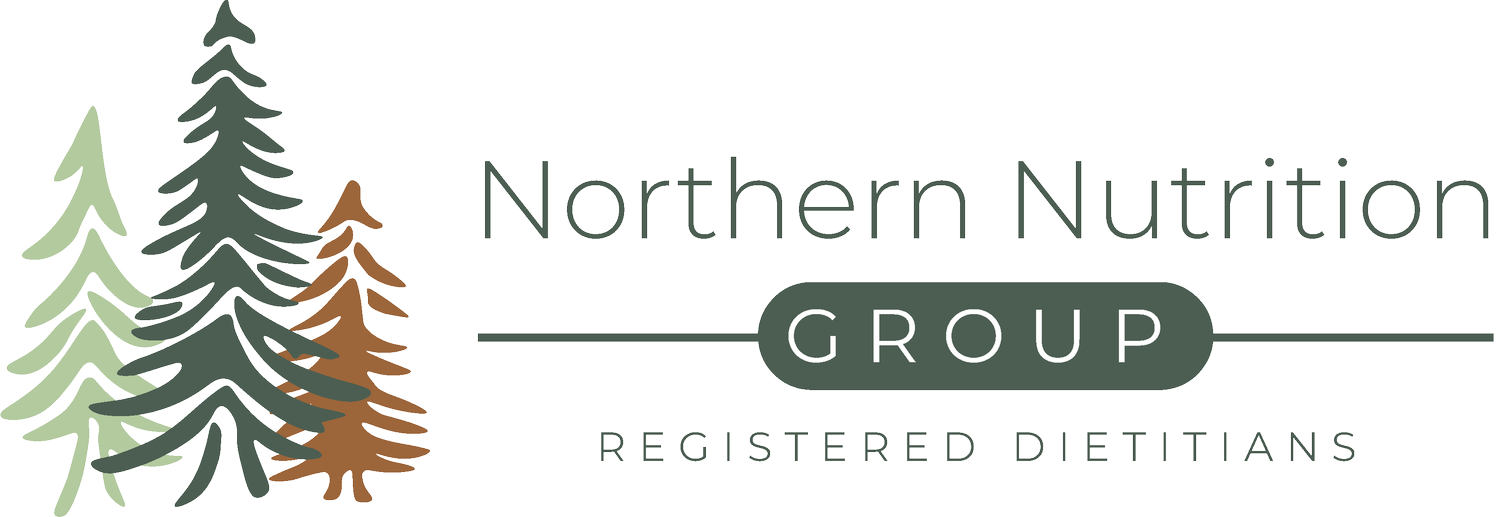Harmful Diets Are Still Here- Just Rebranded
The word “diet” didn’t always carry the baggage it does today. Originally, diet simply meant the foods a person eats regularly—their eating habits or customary nutrition. It was neutral, descriptive, nothing more. But over time, the word "diet" has morphed into something far more restrictive: a temporary plan, often focused on cutting calories, aimed at achieving weight loss in the name of health. This shift has given the word a stigma, and now many of us avoid using it altogether—not because the practice of dieting has disappeared, but because “dieting” is now seen as outdated, ineffective, or just plain harmful. Yet the same restrictive behaviors remain, just repackaged and rebranded.
The language may have changed but that doesn’t mean the mindset has. Instead of saying “I’m on a diet,” people say things like “I’m eating clean,” “I’m cutting out processed foods,” or “I’m doing a cleanse.” How many pounds did your friend just lose on her “non-diet cleanse”? Ten? Sure. But let’s be honest: that wasn’t just a cleanse—that was a restrictive “diet” disguised as something “healthy.” In fact, the intense restriction of most “cleanses” are just crash diets wearing a new label, stripped of the cigarettes and big hair from the 1970s and ’80s, but no less harmful.
New Labels, Same Old Restrictions
We’ve all heard that diets don’t work, right? Yet we keep seeing restrictive recommendations marketed under new names, claiming to be something else entirely. The once-stigmatized "diets" of the past are now sold to us as “healthy lifestyles” or “wellness plans.” But at their core, they’re simply the same harmful “diet” with a different label:
· Eating Paleo, Keto, the Carnivore Diet, “unprocessed” foods, or following a diet “for your blood type”
· Eating “clean” or going on a “cleanse”
· Intermittent fasting
· Avoiding food after 6:00, 8:00, or 10:00 p.m.
· Joining programs like Noom or Weight Watchers
· Taking Ozempic or other GLP-1 drugs (which suppress appetite and often limit calorie intake to as little as 1,200 calories per day)
No matter how they’re framed, they all boil down to the same thing: restriction. Here’s the irony: if you treated your pet—or your child—the way these programs encourage you to treat yourself, it would be considered neglect, maybe even abuse. But when it’s framed as “health” or “wellness,” we don’t just accept it—we embrace it. Sure, some aspects of these approaches might have health benefits, but not if they leave you anxious, depressed, irritable, starving and under-nourished.
The Hidden Dangers of Calorie Restriction
Did you know that not eating enough can actually lead to anxiety and depression? Think about it: if you’re not getting enough calories, your body has to prioritize the basics—keeping your heart beating, your temperature regulated, digesting food—over nonessential tasks like producing the chemicals that regulate mood. Serotonin, for example, is made from the amino acid tryptophan, and dopamine, which governs motivation and reward, is made from tyrosine. These amino acids come from protein-rich foods like meat, fish, nuts, dairy, beans, and some vegetables. But when you’re not eating enough calories, your body repurposes those proteins for energy instead of using them to stabilize your mood. When we get calories from carbohydrates for energy, we’re allowing the calories from protein to be used for more specialized functions.
The Minnesota Starvation Study: A Warning
One study about food restriction, the Minnesota Starvation Study, is one of the clearest examples of how harmful calorie restriction can be for our bodies and minds. After World War II, 36 conscientious objectors volunteered for a study to help researchers figure out how to rehabilitate malnourished people after years of food shortages. These men were put on what was considered a semi-starvation diet: about 1,560 calories a day. For context, that’s more than what some modern weight-loss programs or GLP-1 drugs like Ozempic would have you eat. Despite this, the men experienced devastating physical effects like muscle wasting, edema, cold sensitivity, fatigue, reduced heart rate, thinning hair, gastrointestinal distress, and decreased libido. Psychologically, they became depressed, anxious, irritable, obsessed with food, socially withdrawn, and emotionally unstable. Some developed hoarding behaviors. Many couldn’t sleep. They lost motivation for almost everything. The harm caused by this degree of restriction was so severe that such a study would never be allowed today. And yet, this is essentially what so many of today’s programs and drugs are selling as “health.” Let that sink in.
Nourishment, Not Restriction
So how did we stray so far from the original meaning of diet—a word that simply described what we eat? Today, it’s become shorthand for restriction, deprivation, and control. But we shouldn’t lose sight of what a truly healthy diet is about: nourishing ourselves fully—body, mind, and spirit. The next time you hear about a “new and improved ‘non-diet, fad diet,’” remember: it’s probably just another harmful restrictive eating regimen with a shiny new name. And the consequences of chronic restriction are far more serious than we’ve been led to believe.
For more information about the Minnesota Starvation Study check out these resources:
Written by Regan Wilson, RD, LN | Counseling Intern
Regan specializes in: Eating disorders, disordered eating patterns, gastrointestinal (GI) disorders and diseases and those who are looking to move past chronic dieting. She is also seeing clients struggling with their mental health as a counseling intern at a discounted rate.
